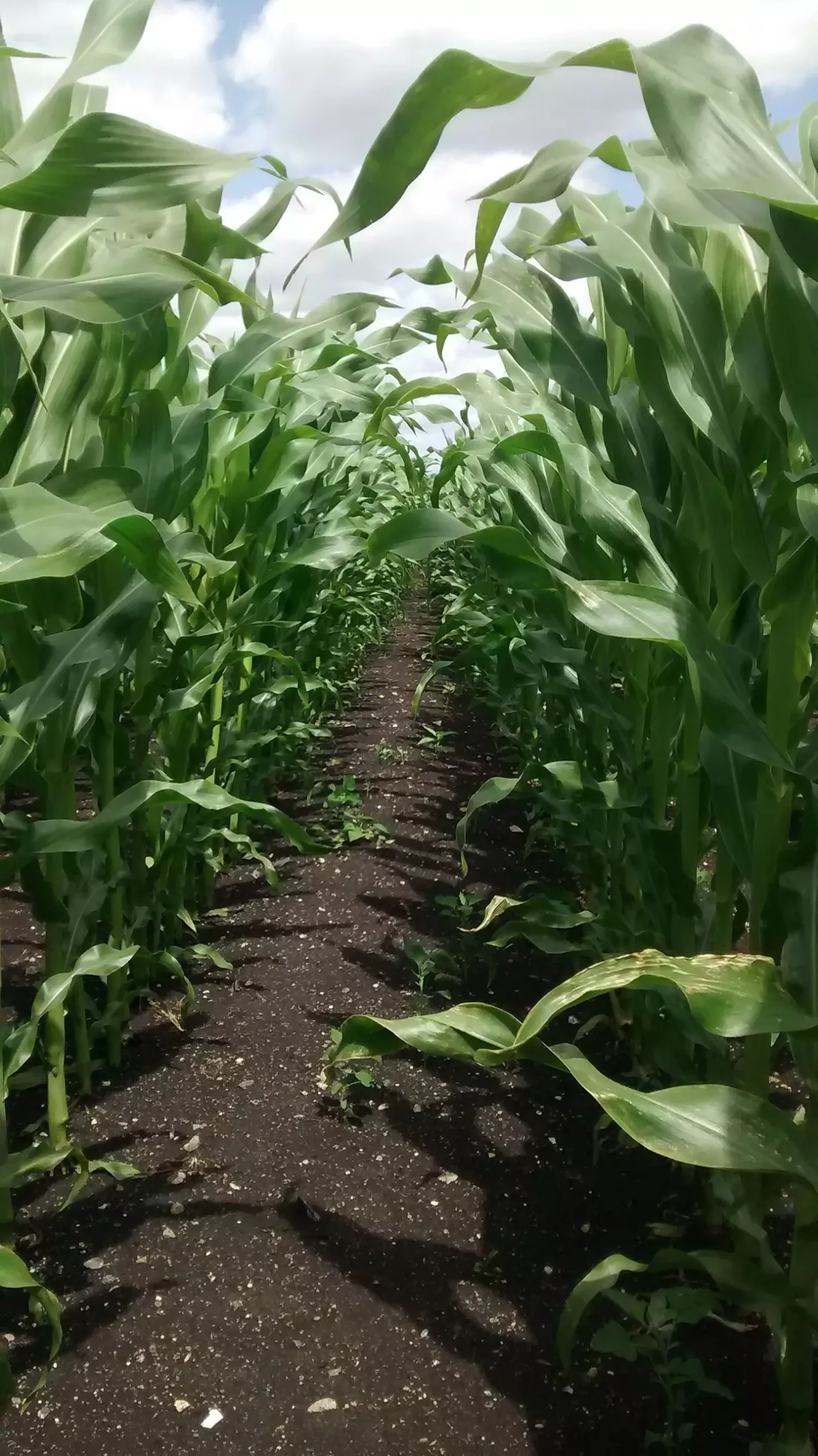As the world rushes towards achieving Net Zero emissions, alternative energy sources such as biomethane derived from crops like maize have gained spotlight recognition. Biomethane, touted as a cleaner substitute for fossil fuels, has experienced remarkable growth, particularly in the UK. However, this efficiency is compromised when certain practices, specifically the cultivation of maize on drained peatlands, unleash more carbon emissions than they save. A recent study by the UK Center for Ecology & Hydrology (UKCEH) challenges the assumption that biomethane is inherently eco-friendly, highlighting the complex relationship between agricultural practices and their environmental impact.
While the goal of transitioning to renewable energy is laudable, the method of production can lead to unexpected challenges. The UKCEH study reveals that the cultivation of maize on drained peat has markedly increased over the years, tripling the cultivation area since 2015. Yet this expansion comes at a steep environmental cost. The draining of peatlands releases carbon that has been sequestered for centuries, contributing significantly to CO2 emissions. In essence, while biomethane production aims to reduce reliance on fossil fuels, if it involves draining carbon-rich wetlands, then it paradoxically exacerbates greenhouse gas emissions.
The study articulates a critical finding: every cubic meter of biomethane produced from drained peatlands can result in emissions of up to 6 kg of CO2, compared to 2 kg from the equivalent amount of natural gas. This striking difference highlights the reality that biomethane, often perceived as a greener alternative, may fall short of its promises if the production process itself is carbon-intensive. Moreover, these figures do not encapsulate additional emissions from fertilizer application, harvesting, transportation, and biomethane processing. Thus, the cumulative environmental impact may be far greater than initially estimated.
It’s vital to differentiate between various agricultural practices that involve bioenergy production. The UKCEH study indicates that not all forms of bioenergy cultivation are detrimental to the climate, suggesting that innovative methods such as paludiculture—growing dedicated biomass crops on agricultural peatlands while maintaining higher water levels—could mitigate adverse effects. Implementing these practices could allow for the continued use of peatlands in a more sustainable manner, creating a balanced approach to agricultural land use while minimizing greenhouse gas emissions.
Government policies have played a crucial role in driving growth in biomethane production, particularly through financial incentives such as the Green Gas Support Scheme. However, the study serves as an important reminder for policymakers. It suggests that there must be a comprehensive evaluation of the environmental repercussions of current agricultural practices if the goal is truly to achieve decarbonization. As Dr. Rebecca Rowe from UKCEH notes, the journey to Net Zero will include both successes and setbacks. Therefore, continuous updates and assessments based on evolving scientific insights need to inform decisions.
The UKCEH findings challenge the energy sector, land managers, and agricultural stakeholders to rethink their strategies when it comes to cultivating biomethane sources. There’s an urgent need to prioritize practices that protect carbon stocks, especially in sensitive ecosystems like peatlands. For instance, rotating maize with other crops can serve both agricultural and environmental objectives, while rejuvenating soil health and maintaining carbon levels.
Additionally, it’s crucial to study and promote alternative cultivation bases for bioenergy that don’t compromise the carbon integrity of peatlands. Switching to mineral soils for maize cultivation could yield net benefits for emissions reductions, serving as a more conducive environment for sustainable agricultural practices that help retain soil carbon.
The quest for sustainable energy must embrace an intricate understanding of agricultural dynamics and environmental consequences. The insights provided by the UKCEH study pinpoint the complexities behind bioenergy production in relation to carbon emissions. As scientists continue to unravel the implications of these practices, a more informed approach towards energy crop production can emerge. This transition to renewable energy must prioritize actions that elucidate both ecological and economic sustainability, thereby ensuring a more resilient and responsible pathway to achieving Net Zero emissions worldwide.


Leave a Reply